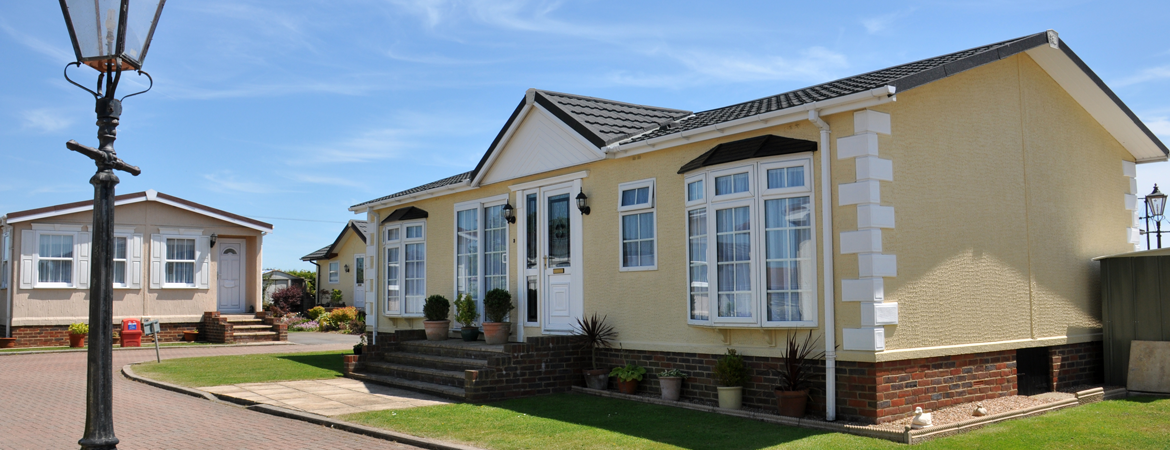You’ve probably heard of manufactured or mobile homes before, but did you know they could be built just as big as (and possibly better than) "traditional" site-built homes?
Manufactured vs. Mobile Home
So what exactly is a manufactured home? In these modern times, it’s far from the old idea of a house on wheels. Prior to 1976, there was little oversight or regulation of how mobile homes were built, and early versions of mobile homes were indeed built to be movable. The standards of construction is the defining difference between what is considered a manufactured home versus a mobile home.
All manufactured homes built after June 15, 1976 are constructed according to a code administered by the U.S. Department of Housing and Urban Development (HUD Code), which created standards for the home’s design, materials, and safety conditions. And unlike its predecessor’s name implied, while manufactured homes can technically be relocated, they are typically permanently placed.
Regulations Results in High Quality
Thanks to HUD Code, manufactured homes are built with quality materials under controlled conditions in dedicated building facilities. They’re completed before delivery to its lot or destination. Since they’re built in controlled environments inside factories or warehouses, it minimizes construction defects and makes it less likely for the home to develop significant maintenance issues.
Variety of Life
While manufactured homes are built in a factory, you’ll still find variances between each one. The homes vary greatly in square footage and have many options for floor plans. If you’re purchasing a home built-to-purchase, you can customize even more, but additional costs may add up. Some options include adding a kitchen island, front porch, garage, or increasing your roof pitch to make the interior feel more spacious. Every once in a while, you may even find a two-story manufactured home for sale.
Property Ownership
Most manufactured homes sit in a park or community. In land lease communities, the residents own only their home and rent the lot or space their home is placed on. Rent is usually subject to increase annually, but some cities in California have rent control ordinances for these communities.

